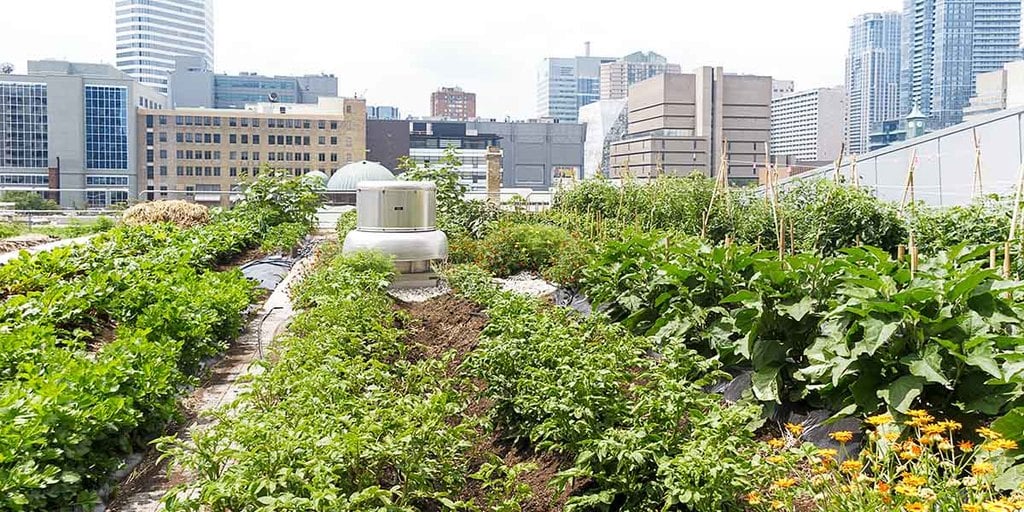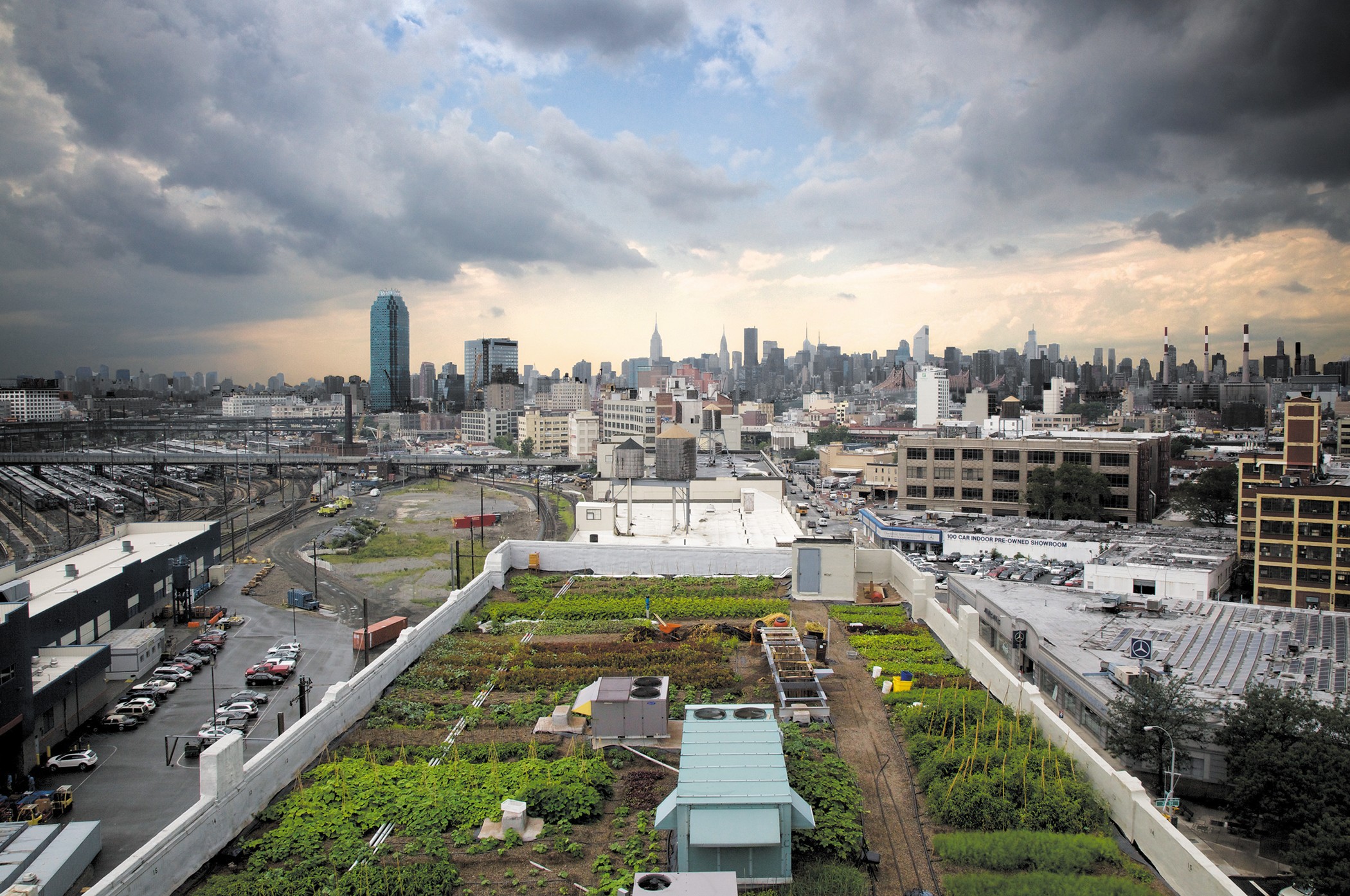City Blooming Can Be Fun For Everyone
City Blooming Can Be Fun For Everyone
Blog Article
Unknown Facts About City Blooming
Table of ContentsExcitement About City BloomingThe Single Strategy To Use For City BloomingThe Definitive Guide to City BloomingCity Blooming Fundamentals ExplainedThe Single Strategy To Use For City Blooming
Fascinated in growing food available for sale in the City of Chicago? Considering beginning a community yard? Changes to the Chicago Zoning Ordinance permit farming uses like community yards and urban farms in lots of components of the city. Below is a listing of often asked concerns concerning the regulations and laws that growers must think about when preparing an urban agriculture project.
The zoning modification does not modify any kind of other codes managing composting, building authorizations, buying or renting City had residential property, organization licenses or ecological contamination. There are existing codes that control these issues and they stay completely effect and may be applicable to your job. Community yards are typically owned or taken care of by public entities, public companies or community-based organizations and maintained by volunteers.
Urban ranches expand food that is planned to be offered, either on a not-for-profit or for-profit basis. Due to their industrial objective, metropolitan ranches require a company certificate.
City Blooming Can Be Fun For Everyone
The amount of garden compost material can not surpass 25 cubic lawns at any type of given time according to the standards in 7-28-715 of the City's Municipal Code. Due to the fact that the dirt at most brand-new garden sites needs modifying, garden compost, dirt, wood chips, or other materials can be acquired to build or boost the expanding space.

If a structure license is called for after that the hoophouse will certainly be taken into consideration an accessory structure. You can figure out even more about the building permit needs by contacting the Department of Structures. The 25,000-square-foot dimension restriction is planned to stop a solitary area yard from controling a given block or detracting from the block's existing domestic or industrial character.
The limitation does not apply to gardens found in Public Open Area (POS) districts. Can there be even more than one area yard that is 25,000 square feet on a single block? Secure fencing is not called for, nevertheless, yards that have big car park locations may be needed to mount fencing or other landscaping attributes.
A Biased View of City Blooming
B1 & B2 districts require that all industrial usage activities be carried out inside your home. Is fence required for city farms? Fences might be called for, along with landscape design and testing, for specific car parking locations and outdoor job or storage space areas depending on place and the details activity taking location.
Yes. Urban ranches need structure licenses and zoning authorizations before construction. Other forms of city evaluation might be required relying on certain frameworks, tasks, dimension, landscaping, licensing, public health and stormwater management concerns. A number of these requirements are recognized in the task style or permitting process, nonetheless, the applicant might be responsible to individually recognize particular licenses or allows that might be needed.
The Department of Company Matters and Consumer Defense can aid determine the particular kind of business permit that's needed. Off street auto parking is needed for the majority of commercial jobs in Chicago. The called for number This Site of parking spaces is based on the number of employees working on site and not the square video of the expanding room.
Not known Facts About City Blooming

An urban ranch can offer garden compost product generated on website, however, the operation must abide with the laws in 7-28-715 of the Chicago Municipal Code. Aquaponic systems are allowed inside your home on city farms in several zoning areas.
Approximately five hives or nests of honey might be maintained as an accessory usage. Beekeepers should sign up with the Illinois Department of Agriculture. For even more information about the suggested zoning change you may call the Division of Real Estate and Economic Development, Bureau of Planning and Zoning at 312.744.8563.
Farming in cities and urban areas An urban farm in Chicago. Urban agriculture describes various methods of growing. https://www.imdb.com/user/ur183982377/?ref_=nv_usr_prof_2, processing, and dispersing food in urban areas. The term also puts on the location activities of pet husbandry, aquaculture, beekeeping, and horticulture in a metropolitan context. Urban farming is distinguished from peri-urban agriculture, which happens in country areas at the edge of residential areas.
The smart Trick of City Blooming That Nobody is Talking About
It can involve a movement of organic cultivators, "foodies" and "locavores", who look for to form socials media based on a shared principles of nature and community holism. These networks can create by way of formal institutional support, becoming incorporated right into local community planning as a "transition community" activity for lasting city advancement.
In either case, the extra straight accessibility to fresh veggie, fruit, and meat products that might be realised through metropolitan farming can enhance food protection and food safety and security while reducing food miles, leading to lower greenhouse gas exhausts, consequently adding to environment adjustment mitigation. Several of the initial evidence of metropolitan agriculture originates from Mesopotamia.
Report this page